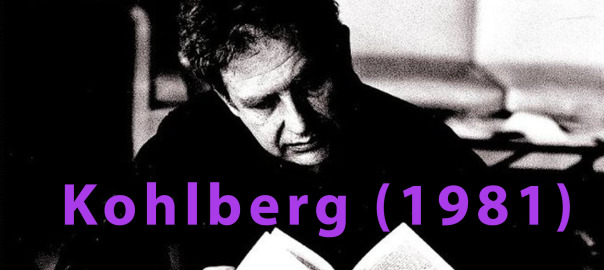Raine et al,. (2002) – ‘Prefrontal Structural and Functional Deficits in Schizotypal Personality Disorder’
Background
Phineas Gage
Continue reading Raine et al., (2002) – Brain Dysfunction
Phineas Gage
Continue reading Raine et al., (2002) – Brain Dysfunction
This study in the OCR A2 specification and Forensic Psychology Unit is categorised in ‘Turning to Crime,‘ ‘Cognition,‘ and then ‘Attribution of Blame and Social Cognition.‘
Social Cognition is ‘the study of how people process social information, especially its encoding, storage, retrieval, and application to social application.’
There are two background theories for this study:
Continue reading Guðjónsson and Bownes (2002): The Attribution of Blame and Type of Crime Committed

This study is the second we look at the cognition section from Turning to Crime. It is further categorised into ‘Moral development and crime.’
The background to this research is Freud’s theory of development, which Kohlberg extended.
Freud believed that when children are born they only have the ID present, which means they are egocentric and do not care about anyone else but themselves. Later, the ego and the superego develop which allow people to understand morality.
Watch this video before proceeding: Continue reading Kohlberg (1981) – The Philosophy of Moral Development
This is the first study we will be looking at from ‘Cognition‘ and ‘Turning to Crime’. From your OCR A2 G543 Psychology exam. It is further categorised into ‘Criminal thinking patterns.’
There are two background studies to Yochelson and Samenow (1976):
Cornish & Clark (1987)
State that criminal behaviour is the result of a rational thinking process, criminals have reasoned and thought about their crimes prior to committing them, often making a cost-benefit analysis to determine if the crime is worth committing based upon the potential rewards and the risks involved.
Continue reading Yochelson, S. and Samenow, S. (1976): A Study of Thinking Patterns in Criminals
This study focuses on upbringing in the development of criminality.
How does poverty and disadvantaged neighbourhoods affect such development?
Crime is often perceived as more common occurrence among the poor and working classes, however, in considering what is ‘poor’ simply measuring economic wealth is not enough: other measures such as social factors and education must be taken into account, in order to gain a more complete understanding of poverty.
Continue reading Wikström and Tafel, (2003): The Peterborough Youth Study